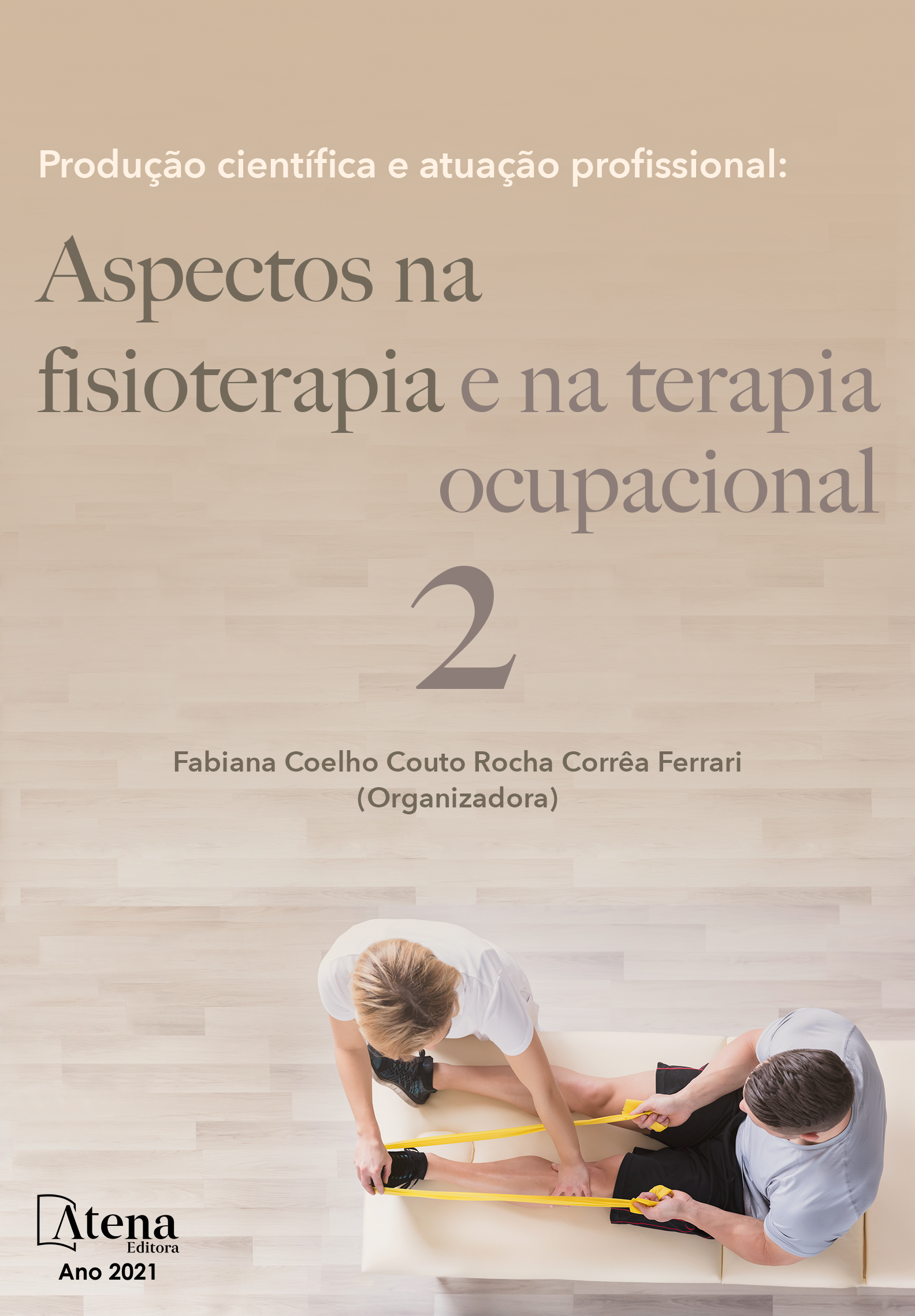
PERFIL CLÍNICO DE RECÉM-NASCIDOS COM CARDIOPATIA CONGÊNITA EM UMA UTI NEONATAL
Introdução: A grande incidência das cardiopatias congênitas constitui a causa de maior mortalidade neonatal. Os defeitos cardíacos congênitos são definidos como uma anormalidade na estrutura e na função cardiovascular presente desde o nascimento, as cardiopatias são divididas entre acianóticas e cianóticas. É relevante o conhecimento do perfil clínico dos RN com cardiopatia congênita para poder identificar possíveis fatores associados. Com esta pesquisa objetivou-se identificar o perfil clínico dos RN com cardiopatia congênita internados em uma Unidade de Terapia Intensiva Neonatal (UTIN). Metodologia: É um estudo transversal, do tipo quantitativo, retrospectivo e documental no período de dezembro de 2017 a dezembro de 2018. A pesquisa foi realizada na UTIN do Instituto de Saúde Elpídio de Almeida (ISEA) localizado na cidade de Campina Grande – PB e a população selecionada para esse estudo foi de RN que nasceram com algum tipo de cardiopatia congênita admitidos na UTIN do ISEA. A pesquisa realizou-se através de um questionário que foi preenchido por informações contidas no prontuário e livros de registro da UTIN do ISEA. Para coleta dos dados a participante se apresentou na UTIN onde teve acesso ao prontuário de todos os pacientes admitidos no período e preencheu um questionário contendo as informações necessárias para a pesquisa. Resultados: Foram incluídos 27 neonatos, a maioria do sexo masculino (59,26%) e com idade gestacional < 37semanas. A maioria da amostra apresentou desconforto respiratório ao nascer (85,19%); indicação de reanimação em sala de parto (40,74%) e fizeram uso de surfactante (25,93%). O tipo de cardiopatia mais comumente encontrada foi a Persistência do canal arterial com 16 casos Conclusão: Foi observado alta prevalência de cardiopatias congênitas acianóticas e a maioria teve indicação de tratamento cirúrgico, sendo a Persistência do canal arterial (PCA) a cardiopatia mais comumente encontrada, contudo a maioria recebeu alta.
PERFIL CLÍNICO DE RECÉM-NASCIDOS COM CARDIOPATIA CONGÊNITA EM UMA UTI NEONATAL
-
DOI: 10.22533/at.ed.9842206012
-
Palavras-chave: Malformações – neonatologia – prematuridade
-
Keywords: Malformations - neonatology - prematurity
-
Abstract:
Introduction: The high incidence of congenital heart diseases is the cause of higher neonatal mortality. Congenital heart defects are defined as an abnormality in structure and cardiovascular function present from birth, and heart diseases are divided into acyanotic and cyanotic. It is relevant to know clinical profile of newborns with congenital heart disease in order to identify possible associated factors. This research aimed to identify the clinical profile of newborns with congenital heart disease hospitalized in a Neonatal Intensive Care Unit (NICU). Methodology: This is a transversal, quantitative, retrospective and documentary study from December 2017 to December 2018. The study was conducted at the NICU of the Elpídio de Almeida Health Institute (ISEA) located in the city of Campina Grande - PB and the population selected for this study was of newborns born with some type of congenital heart disease admitted to the NICU of the ISEA. The research was carried out through a questionnaire that was filled by information contained in the medical records and books of the NICU of the ISEA. For the data collection, the participant presented at the NICU where she had access to the medical records of all the patients admitted in the period and filled out a questionnaire containing the information necessary for the research. Results: Twenty-seven neonates were included, most of them male (59.26%) and gestational age <37 weeks. The majority of the sample presented respiratory discomfort at birth (85.19%); indication of resuscitation in the delivery room (40.74%) and they used surfactant (25.93%). The most common type of heart disease was the Persistence of the ductus arteriosus with 16 cases. Conclusion: A high prevalence of prematurity and acyanotic congenital heart defects was observed, and most had an indication of surgical treatment, with Persistence of the ductus arteriosus (PCA) being the most commonly found cardiopathy, however, most were discharged.
-
Número de páginas: 14
- Aline Silva Santos Sena
- Raquel Sonalle Abreu Franco


